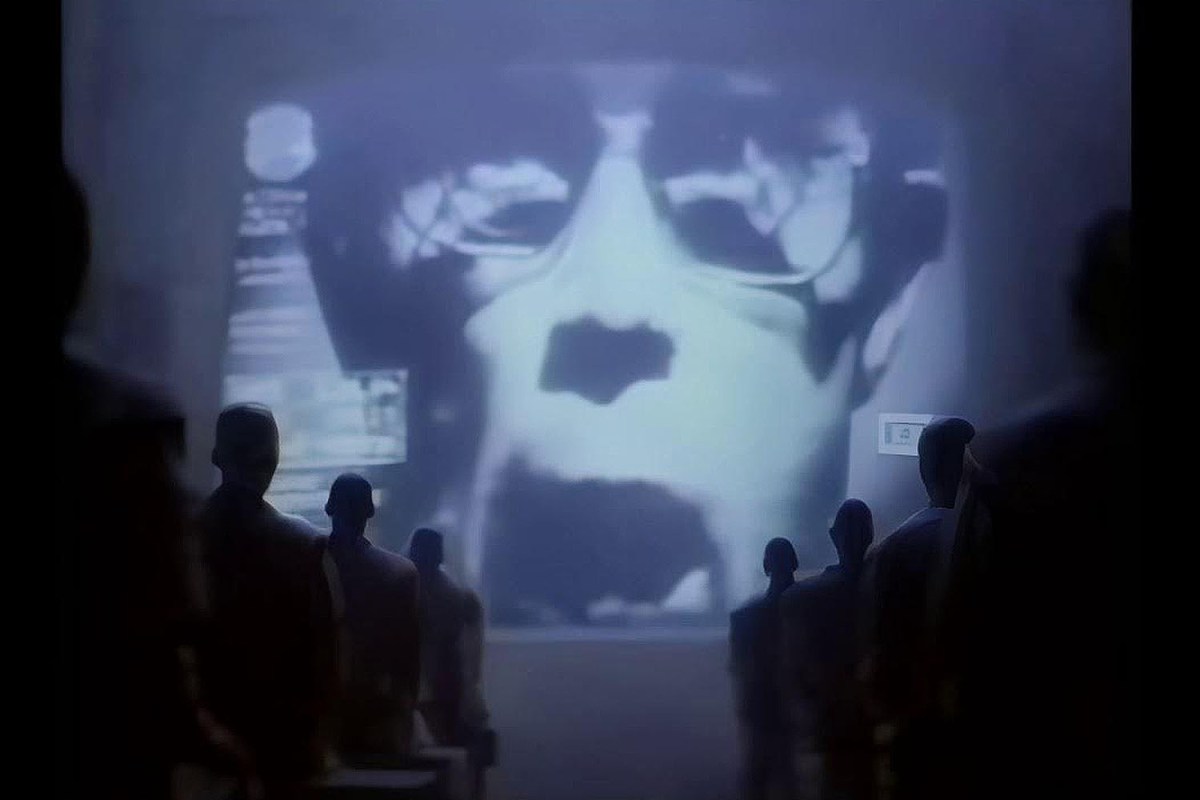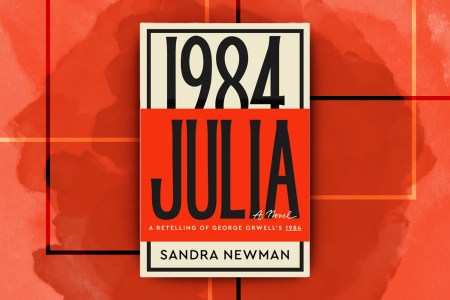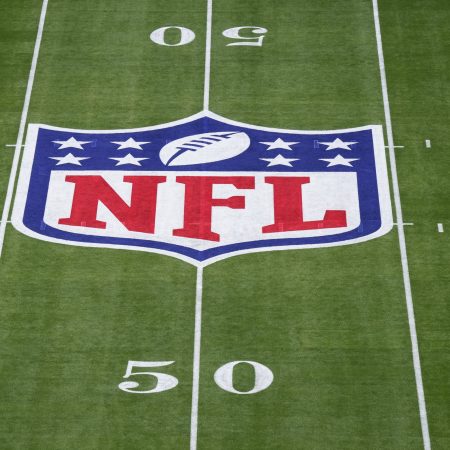The Washington-Los Angeles (Raiders) Super Bowl on January 25, 1984 is long forgotten, unless you’re Marcus Allen. But the “ads are just as important as the game itself” idea really took off that day, thanks to a timely and ingenious clip from Apple Computers and director Ridley Scott.
Dubbed “1984” and inspired by the dystopian imagery presented in George Orwell’s novel 1984 and the movie Metropolis, the one-minute ad was shown in the third quarter of what would be a blowout win for the Raiders. The clip had been shown in a few local markets on December 31 of the previous year to qualify for awards; given that this was long before the advent of social media, 99.9% of the television audience was completely unaware of what was to follow.
In the ad, expressionless factory workers march in a grey, drab environment and are led to a meeting hall, where they are bombarded with propaganda messages from a Big Brother-esque leader on a giant telescreen. Suddenly, a young woman (English athlete Anya Major), wearing a colorful athletic outfit with a cubist picture of the soon-to-launch Macintosh computer, races down an aisle and throws a sledgehammer at the screen. Upon shattering, the audience gawks and a narrator announces, “On January 24th, Apple Computer will introduce Macintosh. And you’ll see why 1984 won’t be like 1984.” And then, a fade to the Apple symbol.
Two days later, the Macintosh went on sale. Initial sales beat expectations, and 250,000 units were sold in the first year. The ad, which aired just once, was part of Apple’s battle with IBM and an attempt to paint its uptight competitor (which had the nickname “Big Blue”) as conformist. As CNN noted several years later, “It was all anybody could talk about the next day. (The Raiders won, 38-9. Yawn.) And it began a competition that continues to this day: the determination of advertisers to outdo one another in their Super Bowl ads.”
How Sandra Newman Brilliantly Reenvisioned “1984”
The acclaimed author’s new book “Julia” is an officially sanctioned retelling of George Orwell’s dystopian classicThe introduction of the Macintosh was equally important. A consumer-friendly desktop, the initial Mac release introduced such now-standard concepts as a mouse, graphical user interface (GUI), clickable icons and cut-copy-paste editing.
As the Smithsonian Institute also notes, the 60-second short was shot in one week for about $500,000, and 200 extras were paid $125 a day to “shave their heads, march in lock-step and listen to Big Brother’s Stalinist gibberish.” Oh, and Apple board members apparently hated it but couldn’t sell the ad time back, so they were forced to air the expensive mini-film. A lucky break, as even the Super Bowl announcers John Madden and Pat Summerall commented on it immediately out of the commercial break.
As for director Scott, hot off of helming Alien and Blade Runner, this was initially just a gig. According to a 2022 interview with The Hollywood Reporter, he had no idea what Apple was about (“Who the f— is Steve Jobs?” he asked). But he loved the script. “My god [I thought]. They’re not saying what [the Mac] is, they’re not showing what it is,” Scott said. “They’re not even saying what it does. It was advertising as an art form. It was devastatingly effective.”
This article was featured in the InsideHook newsletter. Sign up now.

























